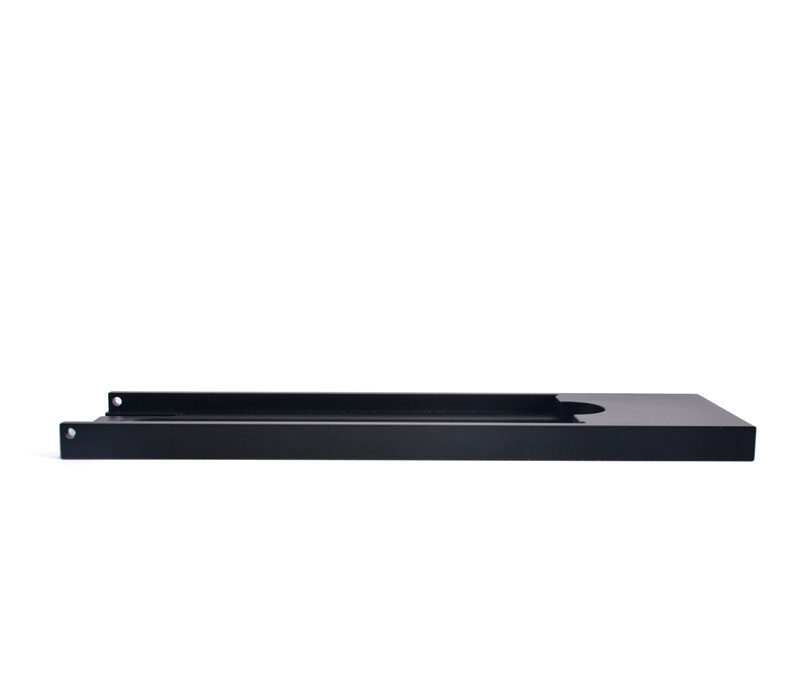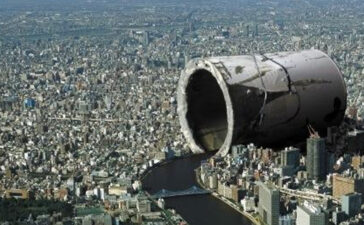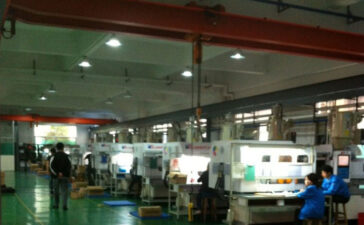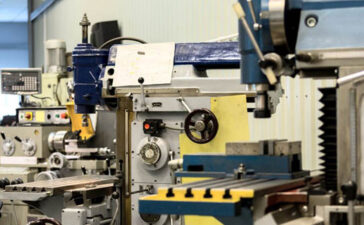1. Design of mold release angle in mold processing
The rubber parts must have a sufficient release angle to avoid top whiteness, top scratches and whitening. The release angle is related to the performance of the rubber compound and the surface requirements of the rubber parts.
Small plastic parts on the outer surface have a release angle of / 1˚, and large plastic parts have a release angle of / 3˚.
The outer surface etched surface Ra <6.3 demolding slope / 3˚, Ra / 6.3 demolding slope / 4˚.
The outer surface fire pattern surface Ra <3.2 demolding slope / 3˚, Ra / 3.2 demolding slope / 4˚.
2. The design of the inclined top of the mold and the slider
When the side wall of the rubber part has concave-convex shape, side hole and buckle position, the side core must be pulled out before the mold is ejected from the mold. This mechanism is called the row position.
The outer holes of the plastic parts require core pulling in the rear die row.
For the groove on the inner side of the plastic parts, if the mold is released with a slanting top, the top distance is not enough, and the inner row position must be used to slant out.
For the parts of the plastic parts that need to be cored, when the row space is not enough, the inclined top mechanism can be used. In the oblique top mechanism, the oblique jacking distance should be large
At the core pulling distance (B> H), to prevent ejection interference.








